
Introduction
Catalyst ceramic balls are a type of material widely used in the chemical industry, petrochemical industry, environmental protection field and new energy field. They are usually made from high-purity alumina powder through special processes and have excellent chemical stability and mechanical strength.
Features:
High chemical stability: The catalyst ceramic balls have undergone special process treatment, with no open pore structure on the surface, which can effectively prevent medium penetration and enhance the chemical stability of the material.
Excellent wear resistance: It features high hardness and low wear rate, and can maintain good wear resistance for a long time in high-speed flowing media, reducing the wear of catalyst particles.
Excellent thermal stability: It can maintain good performance in high-temperature environments without cracking or deforming due to thermal expansion.
Excellent catalytic performance: It has a large specific surface area and abundant active sites, playing a supporting and catalytic role in catalytic reactions, and can effectively increase the reaction rate and selectivity.
Application field:
Chemical industry: Catalyst ceramic balls are often used as catalysts and catalytic beds in chemical reactions, such as hydrogenation reactions, oxidation reactions, and cracking reactions, etc. Its stability and wear resistance can enhance the efficiency and lifespan of catalytic reactions.
Petrochemical industry: Widely used as packing materials, catalyst ceramic balls are applied in tower plates, packing beds and desulfurization devices in petrochemical processes. Its corrosion resistance and wear resistance can effectively extend the service life of the equipment.
In the field of environmental protection: It has a promising application prospect in waste gas treatment, sewage treatment and flue gas desulfurization, etc. Its activity and stability make it an excellent catalyst and adsorbent.

Function
1.Catalyst ceramic balls serve as the support layer of the catalyst, preventing the catalyst from escaping and evenly dispersing the gas flow entering the catalyst bed, which plays a certain role in preventing flow deviation.
2.Buffer the impact of liquid and gas entering the reactor on the catalyst, protect the catalyst, and improve the distribution of liquid and gas in the reactor to prevent the catalyst from being poisoned and sintered, thereby extending the service life of the catalyst.
In conclusion, catalyst ceramic balls play a significant role in multiple industrial fields due to their unique properties. With the continuous advancement of technology, their application prospects will become even broader.
Physical properties:
| Item | Value |
| Water absorption (%) | <0.5 |
| Bulk density (g/cm3) | 1.35-1.9 |
| Specific gravity (g/cm3) | 2.3-2.4 |
| Free volume (%) | 40 |
| Operation temp.(max) (ºC) | 1100 |
| Moh’s hardness (scale) | >6.5 |
| Acid resistance (%) | >99.6 |
| Alkali resistance (%) | >85 |


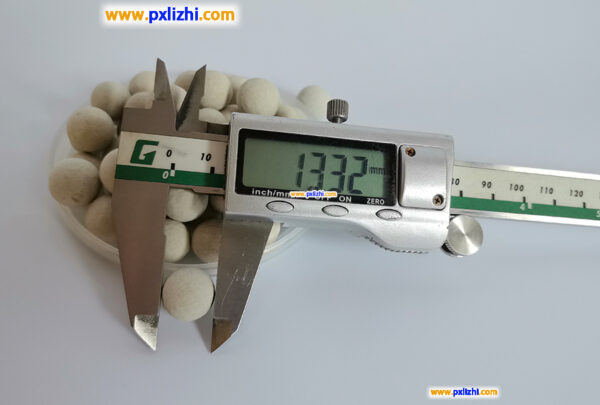
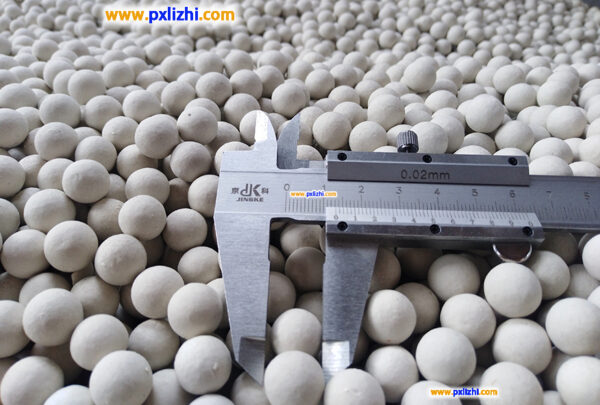
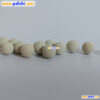
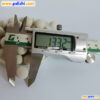
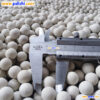

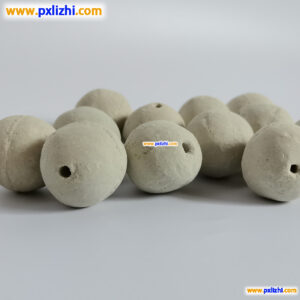
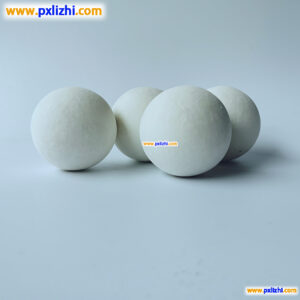
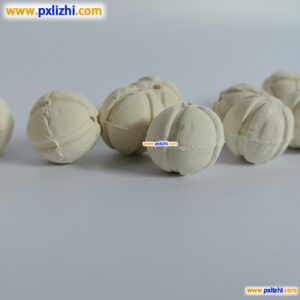

Reviews
There are no reviews yet.